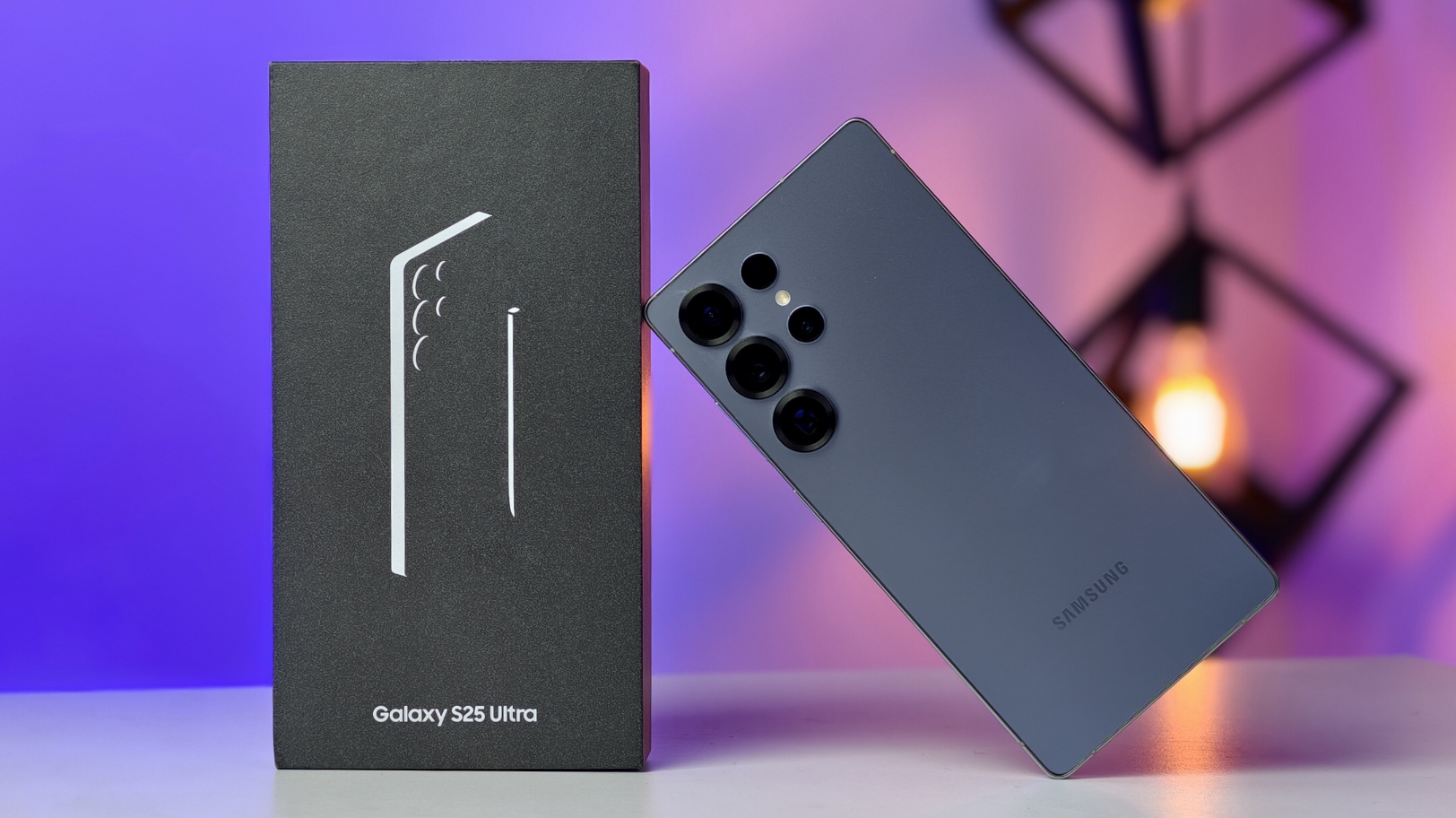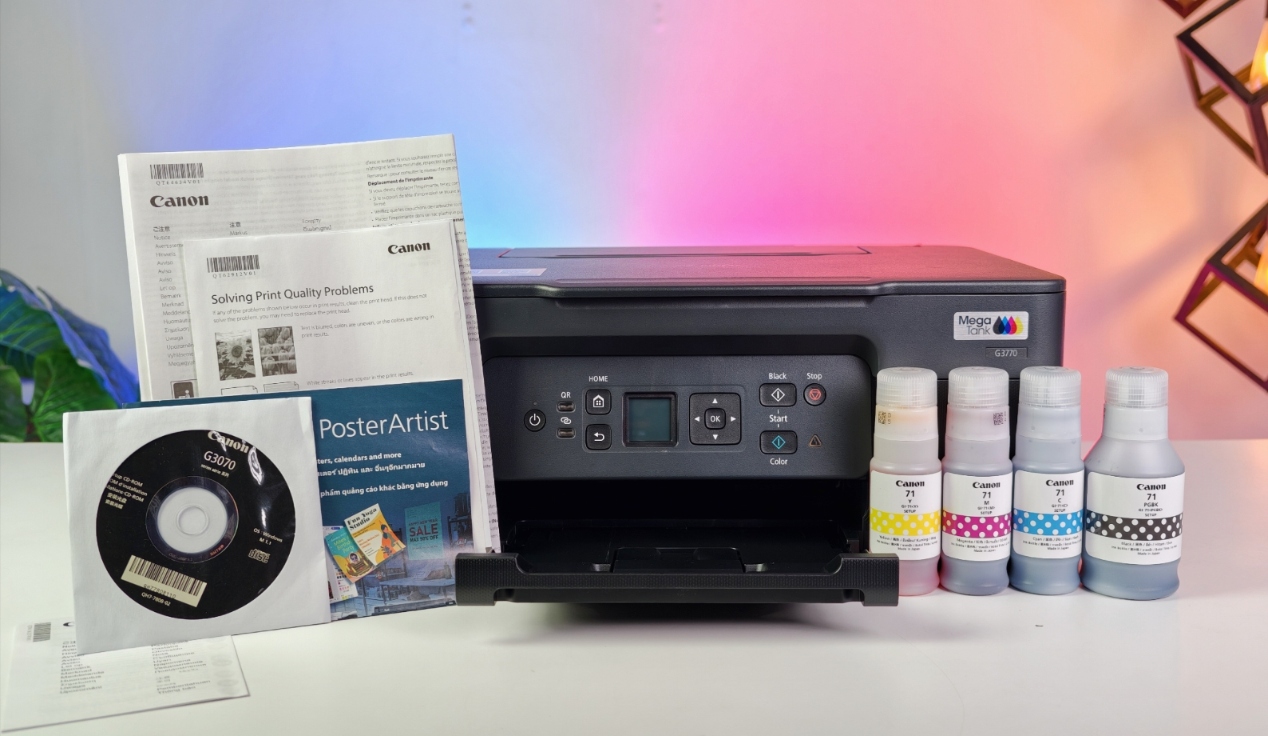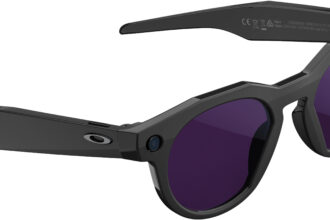Bajaj Auto has officially restarted deliveries of the Chetak electric scooter across India, after navigating a challenging shortage of rare earth magnets that had nearly brought production to a halt. The company confirmed that it secured the necessary components and resumed manufacturing on August 20, a bit earlier than initially expected.
Key Takeaways
- Bajaj Auto has resumed supplies of its Chetak electric scooter to dealerships across India.
- A global shortage of rare earth magnets had previously disrupted production.
- Deliveries and manufacturing restarted on August 20, ahead of schedule.
- The company is now ramping up output in anticipation of festive season demand.
This disruption wasn’t just a minor slowdown. It stemmed from a global supply crunch in rare earth elements, which are critical for producing the magnets used in electric vehicle motors. Rajiv Bajaj, Managing Director of Bajaj Auto, had previously sounded the alarm about the possibility of a “zero month” for Chetak production if the shortage continued. That scenario was very much on the table, as China, the primary global supplier of these materials, had tightened exports, creating a ripple effect through the industry.
Rare earth magnets made from materials like neodymium and praseodymium are essential for compact yet powerful electric motors. These allow vehicles like the Chetak to maintain high torque and performance without bulking up in size. The shortfall didn’t just affect Bajaj. It raised broader concerns across India’s EV industry, which still relies heavily on imported parts and minerals.
Now, with supply lines somewhat stabilized, Bajaj Auto is accelerating production to meet strong customer demand ahead of the festive season. According to Eric Vas, President of the Urbanite Business Unit, demand for the Chetak remains robust and deliveries tied to prior bookings have already begun.
The timing of this recovery is crucial. The Chetak continues to be a popular choice among electric two-wheelers. The Premium variant offers a 3.2 kWh battery with a certified ARAI range of 127 km and a top speed of 73 km/h. It runs on a 4.08 kW peak power BLDC motor and includes features like a color LCD display, hill-hold control, and turn-by-turn navigation when equipped with TecPac. A more standard version is also available, featuring a 2.9 kWh battery and a 108 km range.
This entire episode has once again highlighted India’s vulnerability when it comes to sourcing critical minerals. Although India has domestic reserves of rare earth elements, it lacks the large-scale infrastructure to mine and refine them independently. That leaves the local industry exposed to the shifting tides of international trade and policy.
In response, the Indian government has been holding strategic discussions and signing bilateral agreements to build a more resilient and self-reliant supply chain for critical components. These initiatives may take time to bear fruit, but they are increasingly seen as essential to support the country’s long-term EV goals.
For Bajaj Auto, resolving this supply snag just in time for the festive rush is a win. With production back on track and inventory flowing again, the company appears well-positioned to serve customers who have been waiting and to compete in an increasingly crowded electric two-wheeler market.
Related FAQs
Q1. What are rare earth magnets and why are they important for electric scooters?
A1. Rare earth magnets are powerful permanent magnets made from elements like neodymium. They are used in the motors of electric scooters to make them efficient, compact, and powerful.
Q2. Which part of the Chetak scooter uses rare earth magnets?
A2. Rare earth magnets are used inside the electric motor of the Chetak scooter. They are essential for generating the magnetic fields that power the vehicle’s wheels.
Q3. Why was there a shortage of these magnets?
A3. The shortage was caused by global supply chain issues and export restrictions on rare earth elements by countries that dominate their production, mainly China.
Q4. Has the price of the Bajaj Chetak increased due to the shortage?
A4. The recent reports do not mention a price increase. The company is focusing on normalizing production and deliveries.
Q5. What is the ARAI certified range of the Bajaj Chetak? \
A5. The Bajaj Chetak Premium has an ARAI certified range of 127 km



















